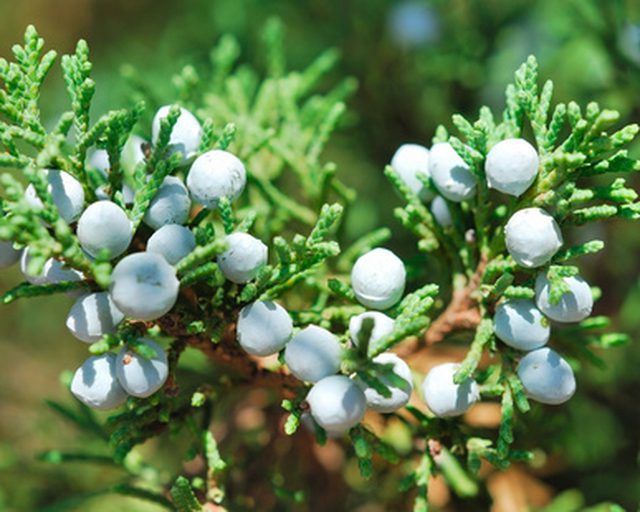Bulbs
Flower Basics
Flower Beds & Specialty Gardens
Flower Garden
Garden Furniture
Garden Gnomes
Garden Seeds
Garden Sheds
Garden Statues
Garden Tools & Supplies
Gardening Basics
Green & Organic
Groundcovers & Vines
Growing Annuals
Growing Basil
Growing Beans
Growing Berries
Growing Blueberries
Growing Cactus
Growing Corn
Growing Cotton
Growing Edibles
Growing Flowers
Growing Garlic
Growing Grapes
Growing Grass
Growing Herbs
Growing Jasmine
Growing Mint
Growing Mushrooms
Orchids
Growing Peanuts
Growing Perennials
Growing Plants
Growing Rosemary
Growing Roses
Growing Strawberries
Growing Sunflowers
Growing Thyme
Growing Tomatoes
Growing Tulips
Growing Vegetables
Herb Basics
Herb Garden
Indoor Growing
Landscaping Basics
Landscaping Patios
Landscaping Plants
Landscaping Shrubs
Landscaping Trees
Landscaping Walks & Pathways
Lawn Basics
Lawn Maintenance
Lawn Mowers
Lawn Ornaments
Lawn Planting
Lawn Tools
Outdoor Growing
Overall Landscape Planning
Pests, Weeds & Problems
Plant Basics
Rock Garden
Rose Garden
Shrubs
Soil
Specialty Gardens
Trees
Vegetable Garden
Yard Maintenance
How to Identify Juniper Cedar Cypress Trees
How to Identify Juniper Cedar Cypress Trees. A juniper cedar cypress tree is often called a cedar, but it actually is part of the cypress family. Nonetheless, it is more formally known as the eastern red cedar. It is an evergreen with often aromatic foliage and wood. The wood from these trees has been widely used in chests and in closets. It is...

A juniper cedar cypress tree is often called a cedar, but it actually is part of the cypress family. Nonetheless, it is more formally known as the eastern red cedar. It is an evergreen with often aromatic foliage and wood. The wood from these trees has been widely used in chests and in closets. It is used as both an ornamental tree in yards and as a windbreak in rural areas.
Things You'll Need
Gloves
Check the height and shape of the tree. Eastern red cedars grow to a height of 40 to 50 feet and have a spread of between 6 and 8 feet. They generally grow in a columnar or pyramidal form when planted in a sunny location.
View the color of the foliage. The tree is generally dark green in color and can turn reddish in prolonged cold weather. The foliage is dense and aromatic. The leaves--or small needles--are whorled and less than an inch in length. If the tree is still young, the leaves often grow in sets of three.
Find the berries to help further identify the eastern red cedar. The fleshy round fruits--about 1/2 inch in diameter--are generally colored a pale blue-green to dark blue and feature a silverish bloom. Birds often feed on these berries, helping to spread new plants to other parts of the region.
Pull the branches of the eastern red cedar apart to scan the bark. It should be reddish brown to gray in color. The bark is thin and often peels in slender shreds. Twigs on the newer, outermost branches are often green and flexible.
Tips & Warnings
When inspecting an evergreen tree to determine what type of tree it is, it may be wise to wear gloves in order to avoid getting poked by sharp needles and to prevent getting sap on your hands.